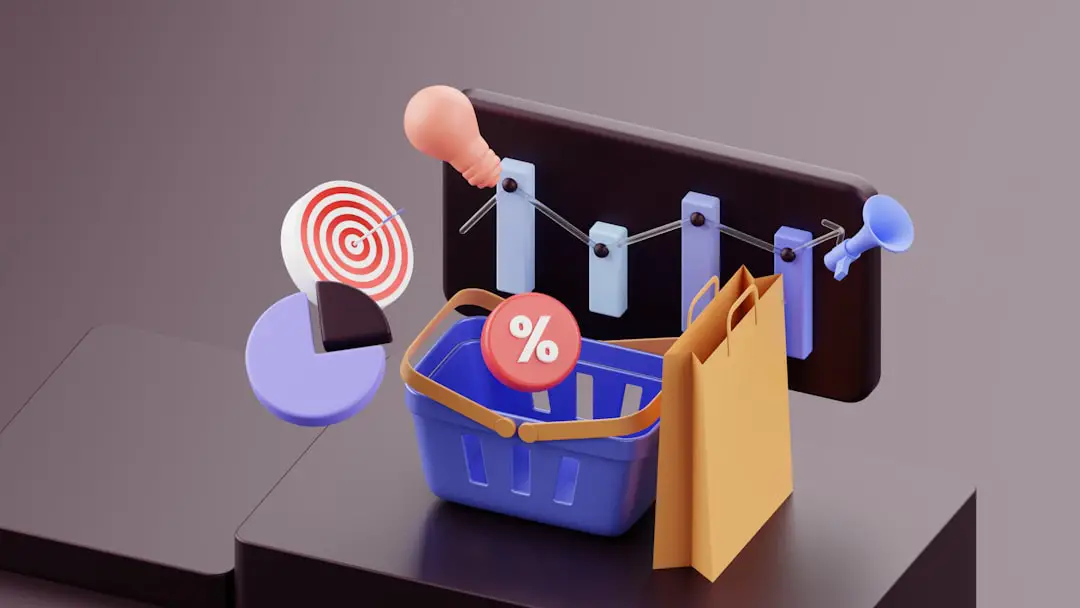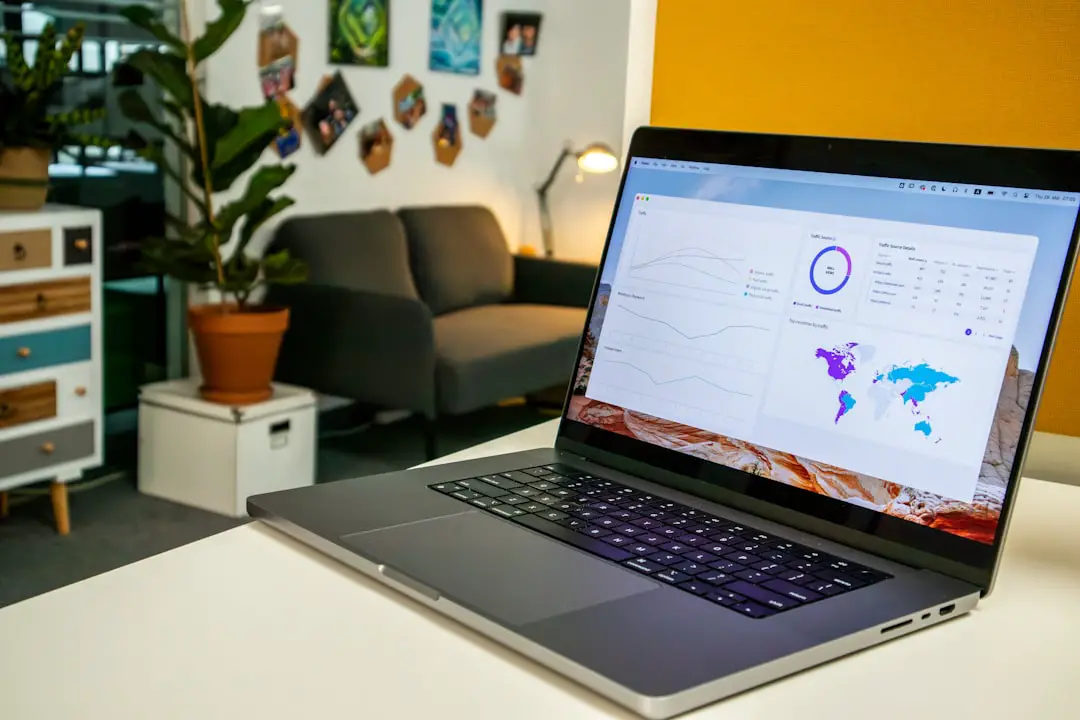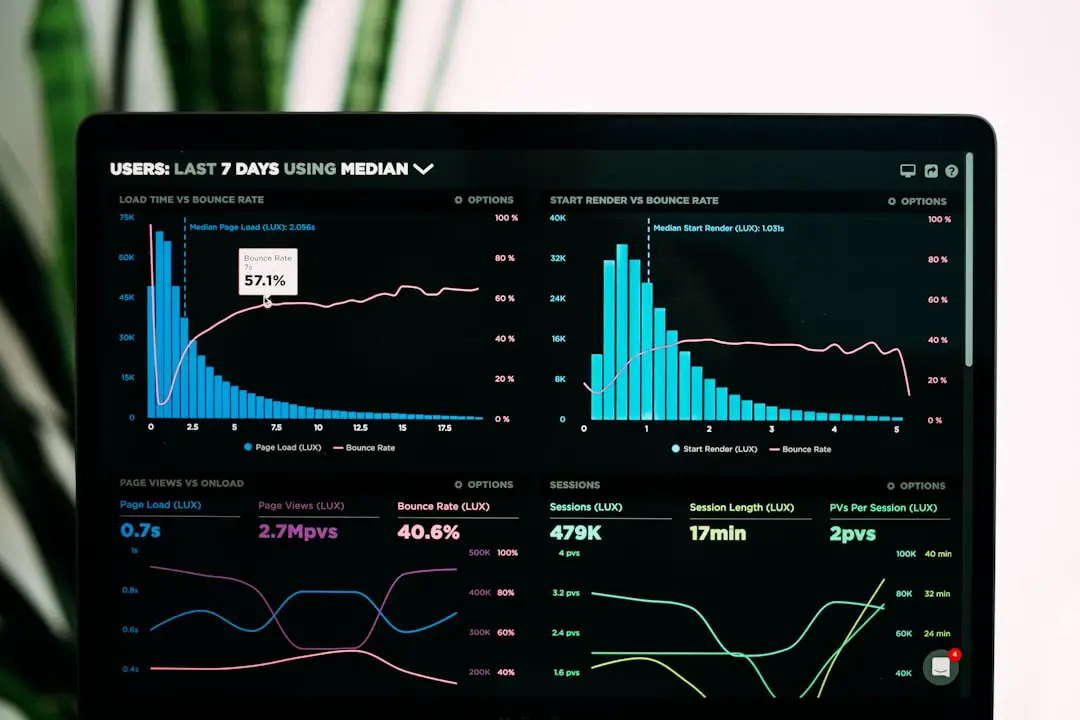In the evolving landscape of B2B SaaS, traditional sales processes are increasingly giving way to product-led growth (PLG) strategies. As customers gain the ability to explore, evaluate, and engage with products on their own before contacting a sales representative, the boundaries between product usage and sales engagement blur. This makes the handoff between product-led experiences and sales teams more critical than ever. A well-orchestrated product-led sales (PLS) handoff ensures users who show strong buying signals are swiftly and intelligently guided toward conversion. This seamless transition demands alignment across go-to-market teams through clearly defined signals, service level agreements (SLAs), and actionable playbooks.
Understanding Product-Led Sales Handoffs
Unlike traditional sales funnels where leads are generated upfront and handed to sales, PLG companies often start by offering users access to their product via free trials or freemium models. Product usage becomes the new channel for lead qualification and engagement. In such a setup, the handoff to sales doesn’t follow fixed timelines — it happens when a user reaches a certain level of engagement or displays a signal that warrants sales interaction.
This dynamic requires a carefully calibrated process that ensures sales teams operate efficiently without manually sifting through user data. It demands strong collaboration between product, marketing, customer success, and sales teams, powered by a shared understanding of key metrics and success criteria.

Signals: When to Engage Sales
The core of a successful PLS handoff lies in identifying the right moments to engage the sales team. These moments are determined by signals — behavioral and quantitative indicators that suggest a user or team is ready for deeper sales engagement.
High-quality sales signals may include:
- Reaching product usage thresholds (e.g., hitting 80% of feature capacity)
- Inviting multiple team members or setting up integrations
- Increased login frequency or time spent in the product
- Usage of premium or paywall features
- Repeated visits to pricing or billing pages
Signals should be clearly defined and consistently tracked across all users. They serve as a trigger for sales intervention without being disruptive to the user experience. With tools like Product Qualified Leads (PQLs), companies can standardize the way these signals are prioritized and routed to the appropriate sales reps.
SLAs: Aligning Speed and Accountability
Once a user crosses the threshold into “sales-worthy” territory, timing becomes crucial. This is where Service Level Agreements (SLAs) come into play. SLAs define the expected timeline and actions sales reps should take after receiving a signal. Without clear SLAs, even the strongest signals can be lost due to delays or ambiguity.
Effective SLAs should cover:
- Responsiveness: How quickly a sales rep must reach out after a signal is triggered (e.g., within 24 hours)
- Ownership: Who is responsible for follow-up when multiple reps or teams are involved
- Cadence: The structure and frequency of outreach (e.g., phone call + email within 2 days)
- Tracking: How compliance with the SLA is monitored and reported
Aligning sales and product teams on SLAs ensures that neither side becomes a bottleneck. More importantly, it helps maintain a positive user experience by aligning outreach with the user’s intent and moment of need.
Playbooks: Operationalizing the Handoff
Playbooks are the action plans that sales teams follow when engaging PQLs or other high-intent users. They help salespeople move beyond generic outreach and instead deliver personalized, context-aware communication that aligns with how the product has already been used.
An effective PLS playbook typically includes the following:
- User profile details: Role, company size, and product usage data
- Triggering signals: The specific behaviors or actions that led to the handoff
- Recommended messaging: Email templates and talk tracks based on user behavior
- Call objectives: Clear goals for the first contact (e.g., schedule a demo, assess deployment needs)
- Next steps: Follow-up sequences and segmentation into the sales funnel
With access to real-time product data, sales teams can tailor conversations around adoption paths, feature gaps, and cross-functional value — leading to more relevant and persuasive engagements.

Connecting It All: The Feedback Loop
A robust PLS handoff process benefits from constant iteration. Sales interactions should be continually fed back into the PLG system to refine what constitutes a great signal, improve playbooks, and refine SLAs. This feedback loop ensures that insights from conversations and conversions help improve early product experiences and signal accuracy.
Moreover, companies that connect their data systems — using tools like customer data platforms (CDPs), CRMs, and product analytics — can automate much of the signal capturing and scoring. This improves visibility, reduces manual interpretation, and allows sales reps to focus on meaningful interactions.
Best Practices for Product-Led Sales Handoffs
- Prioritize collaboration: Ensure sales, product, and marketing teams share common metrics and goals
- Stay data-informed: Regularly evaluate and refine signals and SLAs based on conversion data
- Activate the voice of the user: Use insights from onboarding, support, and customer success in your playbooks
- Train and enable: Continuously educate sales reps on product functionality and signal interpretation
- Automate and integrate: Use integrated tech stacks to route signals efficiently and maintain clean workflows
Ultimately, aligning product-led growth with sales execution is not just a tactical exercise but a strategic lever for driving revenue. Companies that master seamless, agile handoffs between product and sales can delight users, increase deal velocity, and expand long-term customer value.
Frequently Asked Questions
-
What is a Product Qualified Lead (PQL)?
A PQL is a user or account that has demonstrated clear buying intent through product engagement. Common indicators include reaching usage milestones or interacting with gating features like premium tools or team collaboration. -
How are PLS handoffs different from traditional lead handoffs?
Traditional handoffs rely on demographic or firmographic qualification (e.g., job title, company size), while PLS handoffs depend on product behavior signals that indicate readiness to purchase or upgrade. -
What tools are essential for enabling these handoffs?
Tools like product analytics platforms (e.g., Mixpanel, Amplitude), CRMs (e.g., Salesforce, HubSpot), customer engagement platforms (e.g., Intercom, Outreach), and CDPs (e.g., Segment) help automate and scale signal detection and routing. -
How can SLAs improve sales performance?
SLAs create structured accountability and help sales reps prioritize high-intent leads faster, reducing wasted time and ensuring high-conversion opportunities are pursued promptly. -
How often should playbooks be updated?
Playbooks should be reviewed quarterly or whenever there is a significant change in the product, buyer persona, or signal criteria. Regular feedback from the sales team ensures relevance and effectiveness.
